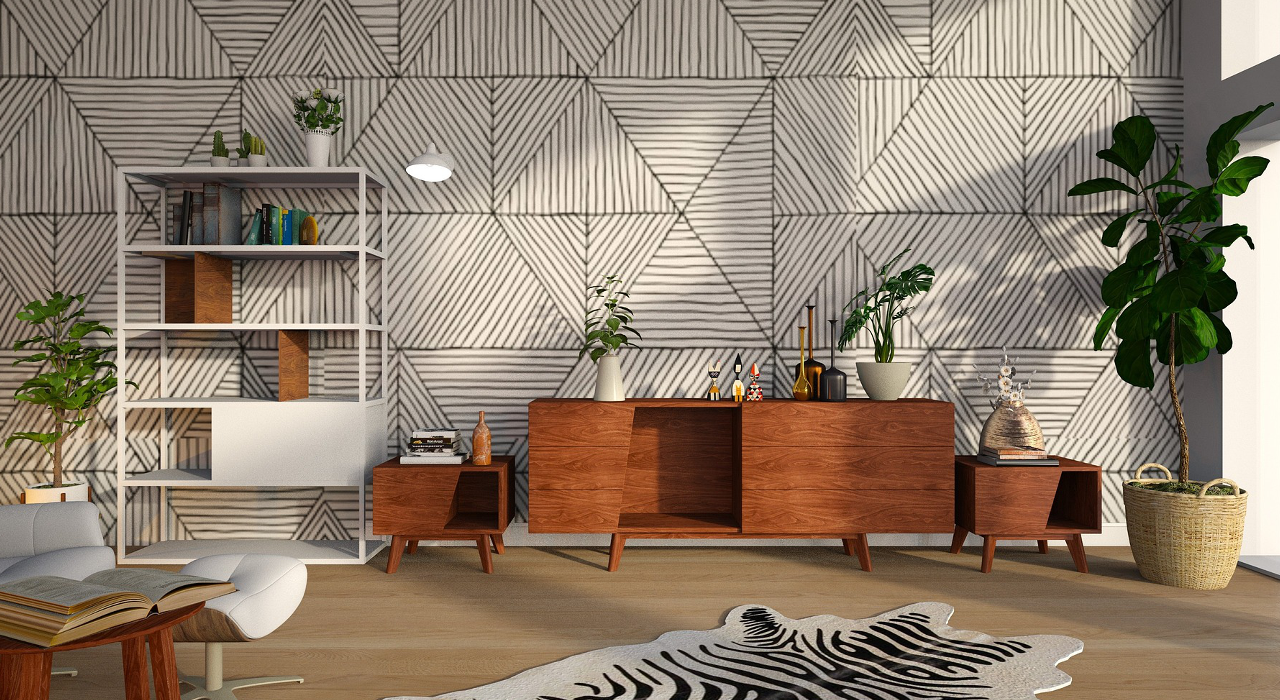
Have you ever stumbled across a photo on Instagram or Twitter of a living room that looked more
akin to a jungle and thought to yourself; How?
The good news is, there’s only four key aspects to caring for a houseplant; water, sunlight,
soil and humidity. It’s not quite the simple “just water it!” that we were all taught in grade school,
but obtaining the “Green Thumb” is easier than you think. Let's break it down; If you understand these
four plant preferences, you’re already half way there.
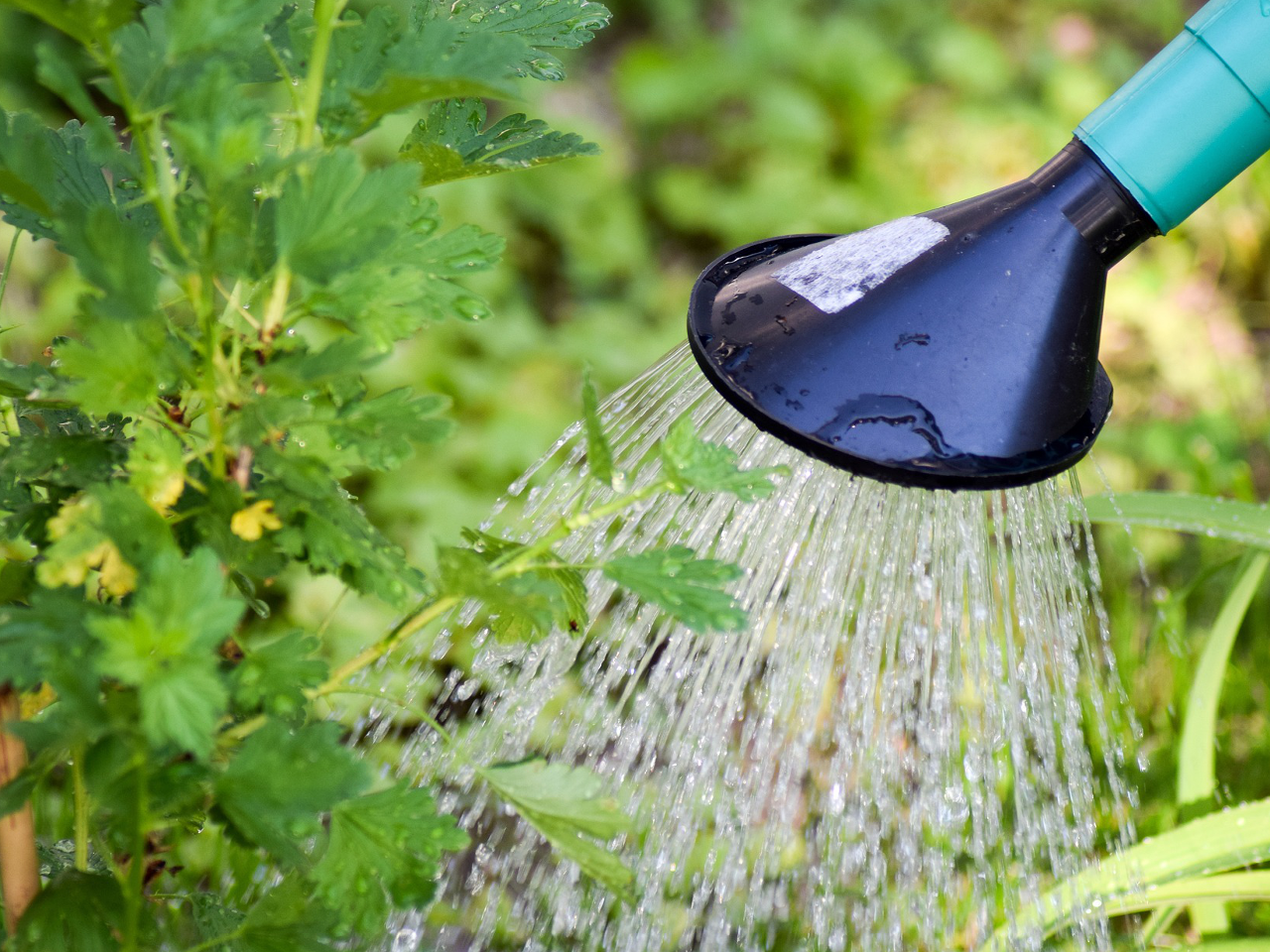 The short answer is: It depends.
Water is probably the trickiest
part of plant care. Some plants prefer to dry out in-between waterings, while others require the top
soil to stay moist. Whichever the case, most plants prefer a routine. Once you know the
water requirements of your specific plant, it may be beneficial to mark a re-occurring date on your calendar
to water so you don’t forget.
The short answer is: It depends.
Water is probably the trickiest
part of plant care. Some plants prefer to dry out in-between waterings, while others require the top
soil to stay moist. Whichever the case, most plants prefer a routine. Once you know the
water requirements of your specific plant, it may be beneficial to mark a re-occurring date on your calendar
to water so you don’t forget.
On the topic of forgetting, it’s important to consider your own caretaking habits when choosing a
houseplant. Some plants (like the succulent family, who store water in their leaves) thrive on neglect. They
hold onto moisture and excess water may actually damage the plant. Other species (like the
polka dot plant) are a bit of a drama queen, and will begin to wilt in protest at the first hint of dry
soil. If you’ve
got a busy schedule, choosing a houseplant with thick, waxy leaves or a tree-like trunk can help extend the
time
in-between waterings.
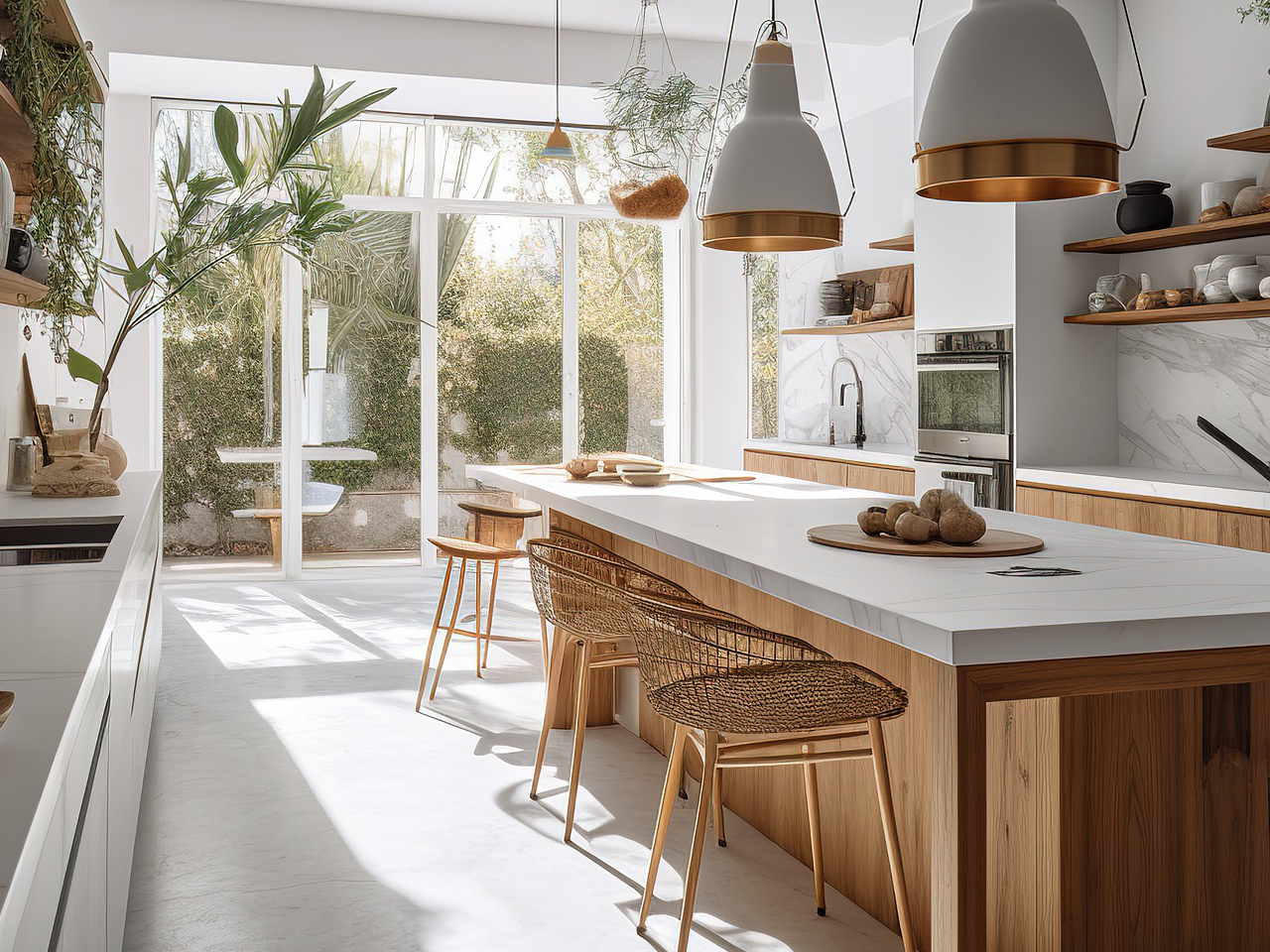 Most indoor houseplants prefer
bright indirect sunlight. We use the word “indirect” loosely here, as any barrier (such as a window)
will result in filtered, indirect light.
Most indoor houseplants prefer
bright indirect sunlight. We use the word “indirect” loosely here, as any barrier (such as a window)
will result in filtered, indirect light.
Priority number one is understanding the direction that your windows face. Southern facing windows receive
the most sunlight, followed by east (morning sun), then west (afternoon sun), then north (shade). If you’ve
got several southern facing
windows, you’re in luck. Most houseplants will thrive in the steady sunlight that this window direction
provides. You have more variety of houseplants available to you as well. Low-light loving plants can be
placed further away from a southern facing window (e.g. on a table or countertop) and that extra
distance will offer some padding from the strong southern sun. However, that’s not to say that the windows
facing any other direction are uninhabitable. There are an abundance of plants that prefer partial
sunlight or shade. Take note of what direction your windows face, and seek out plants that
do well with those light conditions. Though not sponsored, we highly recommend this ultra-affordable light&moisture reader on Amazon. It'll
help give you a quantifiable idea of how much light your windows receive, as well as the distance away from
the window that you can get away with keeping a plant.
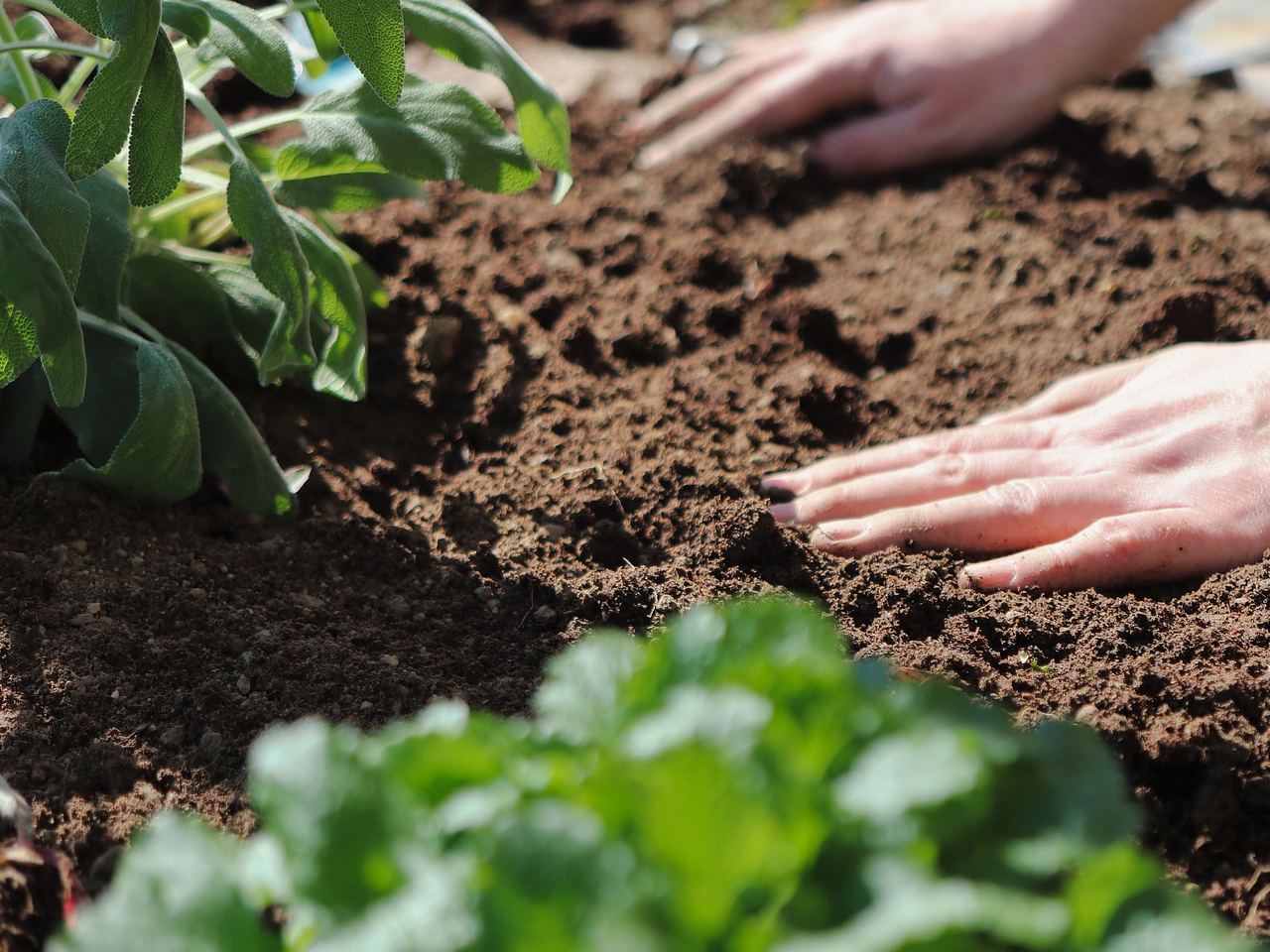 There are several variations of
potting medium, and they are often combined to recreate the environment in which the houseplants originate
from. Succulents usually have sand or perlite mixed into the soil to improve drainage and mimic their
desert-like climate. Orchids typically prefer sphagnum moss and wood chips to allow the root system
better access to air. Moss in general helps improve drainage and retain moisture. There are potting soils
that contain added fertilizer which can be helpful if you’re repotting a growing plant, and some people
choose to add pebbles to the bottom layer of a pot that lacks a drainage hole. This helps prevent
over-saturation of the root system which could lead to root-rot.
There are several variations of
potting medium, and they are often combined to recreate the environment in which the houseplants originate
from. Succulents usually have sand or perlite mixed into the soil to improve drainage and mimic their
desert-like climate. Orchids typically prefer sphagnum moss and wood chips to allow the root system
better access to air. Moss in general helps improve drainage and retain moisture. There are potting soils
that contain added fertilizer which can be helpful if you’re repotting a growing plant, and some people
choose to add pebbles to the bottom layer of a pot that lacks a drainage hole. This helps prevent
over-saturation of the root system which could lead to root-rot.
The possibilities are endless and depend on the individual needs of the houseplant you choose. It's a lot to
consider and you may feel overwhelmed by the options, but fear not. Most plants that are sold in garden
centers today will come with a care-card that will tell you what the plant preferrs.
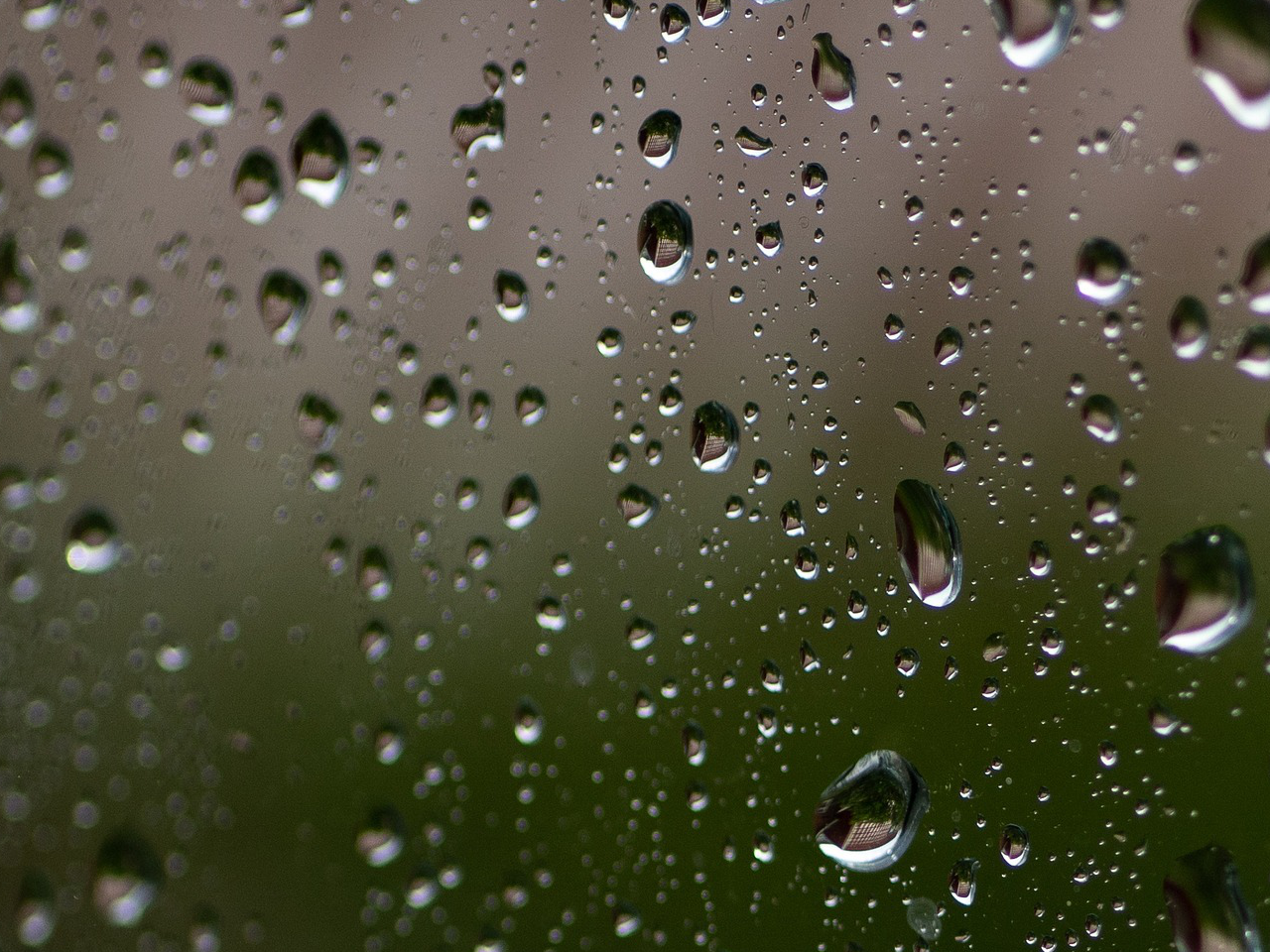 When was the last time you
checked the humidity in your home? Maybe never, if you’re new to houseplants. It’s easier than you’d think.
There’s a large variety of (very inexpensive!) thermometers that also read humidity on amazon, and magnetize
directly to your fridge.
When was the last time you
checked the humidity in your home? Maybe never, if you’re new to houseplants. It’s easier than you’d think.
There’s a large variety of (very inexpensive!) thermometers that also read humidity on amazon, and magnetize
directly to your fridge.
Humidity is an important factor to consider when choosing your houseplants, and it all circles back to that
‘original environment’ that we mentioned earlier. Some plants are pickier than others, and houseplants that
require a higher humidity (like the Calathea family) may curl up and turn brown if the humidity isn’t high
enough to sustain them. While there are tips and tricks online that promote the use of small humidifiers and
regular misting, unfortunately, they have very little affect on the long-term health of your plant. The
safest bet
is to determine the humidity of your home and make your decision around that number.
Humidity is measured in percentages, and though not sponsored, we highly recommend this
mid-range humidity thermometer on Amazon (which also displays the high and low humidity and temperatures
recorded over a 24 hour period). This can help give you a humidity range for your home and is more
forgiving than a single number when it comes to choosing a houseplant.
Now that you've covered the basics, you're ready to start your own houseplant collection. There are so many varieties from florals, foliage, succulents etc. The options are endless! Why not take a look at one of our other plant-care articles for more information?